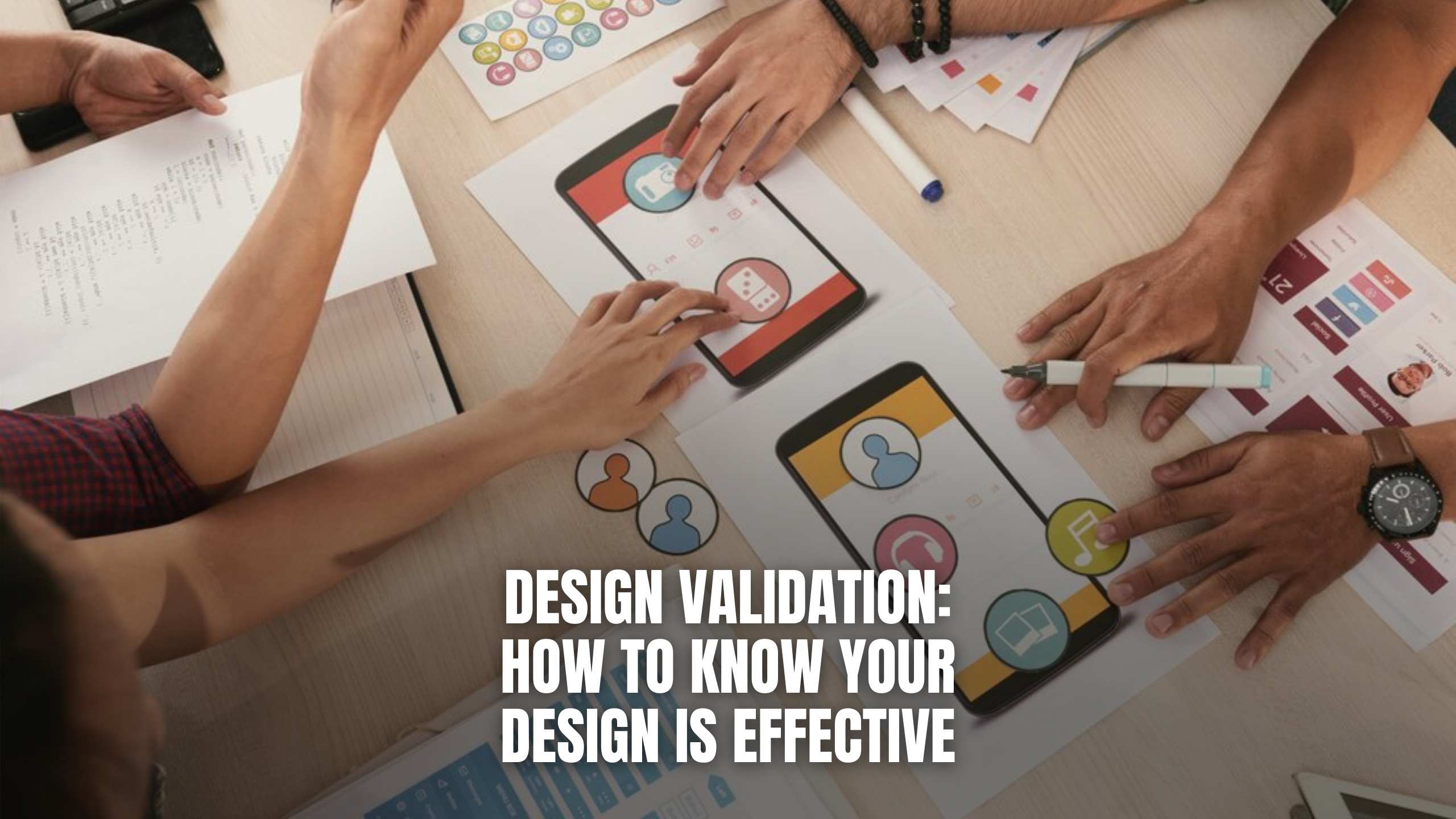Design Validation: How to Know Your Design Is Effective


Design Validation: How to Know Your Design Is Effective
In the realm of digital design, ensuring the effectiveness of your creations is paramount. Understanding the key indicators that validate your design’s success requires a strategic blend of analysis and tools. Let’s delve into the nuances of design validation and explore how you can ensure your designs are not just visually appealing but also functionally potent.
1. User Engagement: Beyond Aesthetics
Effective design goes beyond aesthetics; it hinges on user engagement. Tools like Hotjar provide invaluable insights into user behavior by offering heatmaps, session recordings, and surveys. Analyzing these metrics helps you understand how users interact with your design, enabling you to refine elements for a more engaging user experience.
2. Conversion Metrics: From Clicks to Conversions
Design validation is incomplete without assessing its impact on conversions. Platforms like Optimizely empower designers to conduct A/B testing, allowing for the comparison of different design variations to determine which yields the highest conversion rates. This data-driven approach ensures that your design isn’t just captivating but also effective in achieving specific business objectives.
3. Accessibility: Inclusivity in Design
Ensuring your design is accessible to all users, including those with disabilities, is a crucial aspect of validation. WAVE and axe Accessibility are tools that help evaluate your design’s accessibility compliance. Addressing accessibility concerns not only expands your audience but also aligns with ethical design practices.
4. Loading Speed: A Design Performance Metric
A visually stunning design loses its impact if it doesn’t load swiftly. Google PageSpeed Insights and Pingdom are tools that assess your design’s loading speed. Optimizing images, utilizing efficient coding practices, and leveraging content delivery networks contribute to a design that not only looks good but also performs seamlessly.
5. Feedback Loops: Iterative Design Enhancement
Design validation thrives on continuous improvement. Platforms like UsabilityHub facilitate quick feedback gathering through tests and surveys. Embracing feedback loops ensures that your design evolves iteratively, aligning with user preferences and industry trends.
Recommended SaaS Products for Design Validation:
- Hotjar: Gain insights into user behavior with Hotjar, utilizing heatmaps and session recordings to enhance user engagement in your designs.
- Optimizely: Optimize your designs for conversions with Optimizely’s A/B testing, ensuring that your visual elements contribute to measurable business outcomes.
- WAVE: Ensure inclusivity in your designs by validating accessibility with WAVE, a tool that identifies and helps address potential barriers.
- Google PageSpeed Insights: Enhance the performance of your designs by optimizing loading speed, leveraging insights from Google PageSpeed Insights.
- UsabilityHub: Foster iterative design enhancement with UsabilityHub, collecting valuable feedback to refine your designs based on user preferences.
Conclusion
Design validation is a multifaceted process that encompasses user engagement, conversion metrics, accessibility, loading speed, and feedback loops. By leveraging the right tools and metrics, designers can ensure their creations not only captivate but also contribute to business objectives. Remember, an effective design is one that seamlessly blends visual appeal with functionality, delivering a holistic user experience.
Elevate Your Design Game with Subscribed.fyi!
Unlock exclusive deals on a variety of SaaS tools, including those highlighted above, by signing up for free on Subscribed.fyi Deals. Streamline your design validation process and embark on a journey to create designs that leave a lasting impact with Subscribed.fyi.
Relevant Links:





